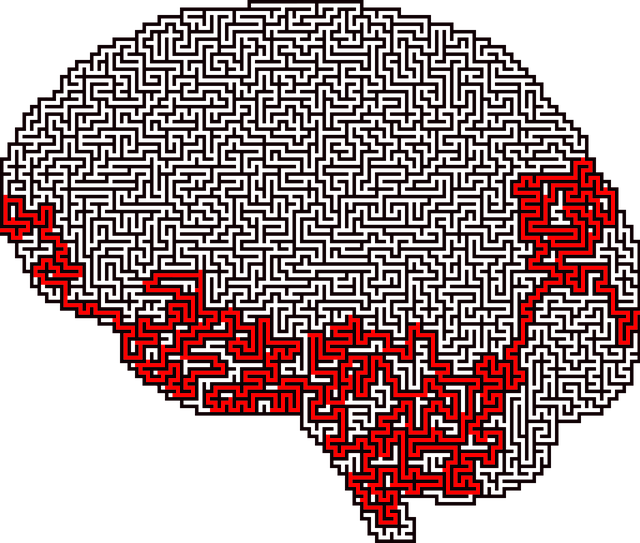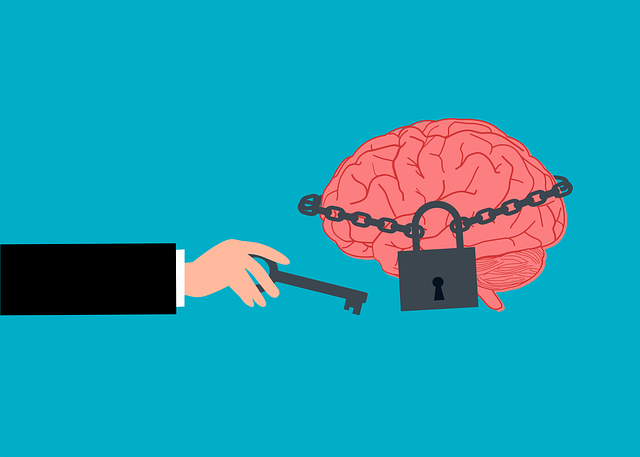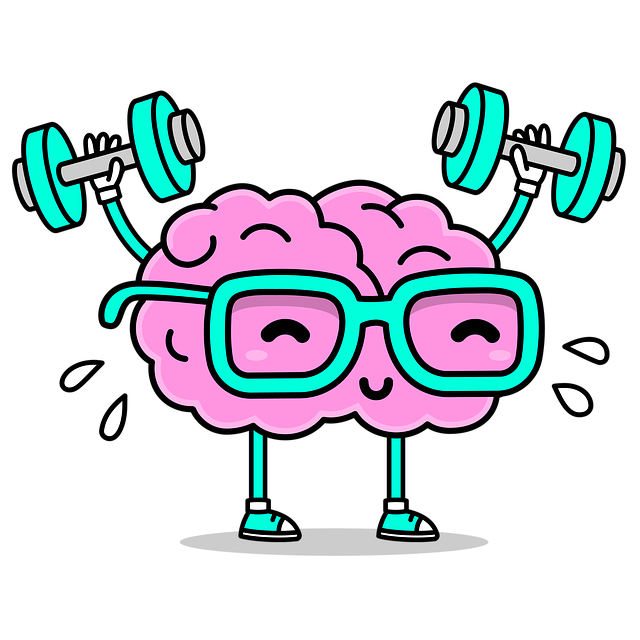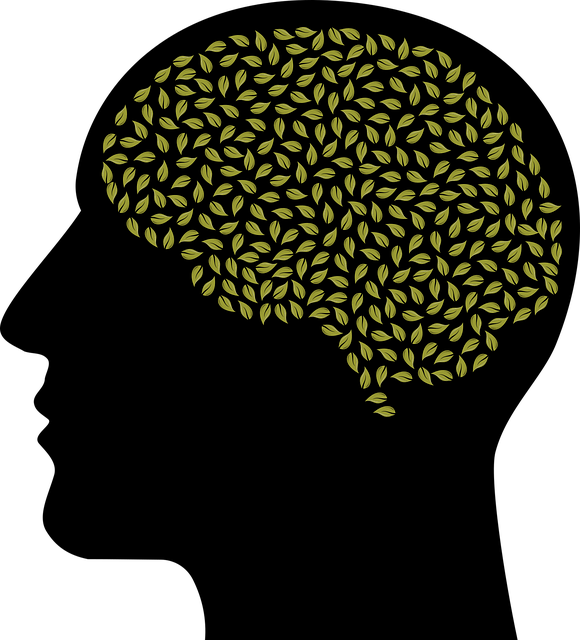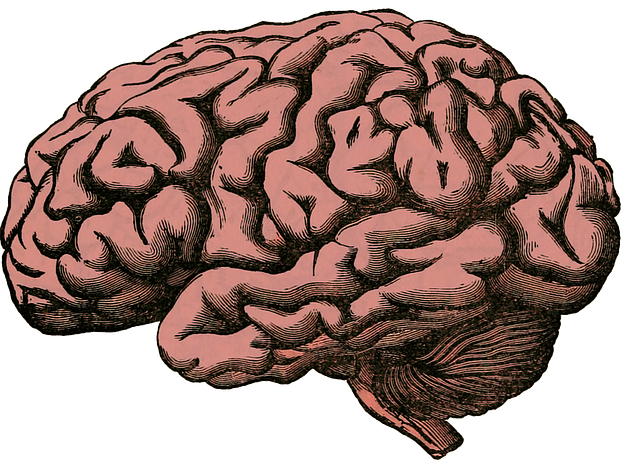Burnout among healthcare providers caring for adolescent teens with learning disabilities is a significant concern due to high patient loads and complex needs. Key factors contributing to burnout include long hours, heavy workloads, lack of control, insufficient rewards, and misalignment between personal values and job demands. Prevention strategies should focus on both professional and personal well-being, creating supportive environments that enhance resilience through tailored therapy for emotional intelligence and self-esteem improvement. Early recognition of burnout signs is crucial, with Cognitive Behavioral Therapy (CBT) offering a structured approach to navigate stress and promote work-life balance. Organizations can foster a culture of care by prioritizing regular check-ins, peer support networks, and accessible therapy options. Self-care practices like meditation and deep breathing are vital for reducing anxiety and improving emotional well-being, ultimately enhancing the quality of care provided to adolescents with learning disabilities.
“Healthcare provider burnout is a growing concern, especially among adolescents with learning disabilities. This article delves into effective strategies to prevent and manage burnout, exploring critical aspects such as identifying early signs in vulnerable populations. We discuss Cognitive Behavioral Therapy (CBT) as a powerful tool for burnout management, emphasizing the importance of supportive environments and self-care practices. By implementing these strategies, healthcare professionals can enhance their well-being, improve patient outcomes, and create a more sustainable career path, especially when caring for teens with learning disabilities.”
- Understanding Burnout Among Healthcare Providers
- Identifying Signs of Burnout in Adolescent Teens with Learning Disabilities
- Cognitive Behavioral Therapy (CBT) for Burnout Management
- Creating Supportive Environments to Prevent Burnout
- The Role of Self-Care and Mindfulness in Healthcare Provider Wellbeing
Understanding Burnout Among Healthcare Providers

Burnout among healthcare providers is a growing concern, especially considering the demanding nature of their work. It goes beyond mere fatigue; it’s a state characterized by emotional exhaustion, depersonalization, and reduced personal accomplishment. This phenomenon is particularly concerning within pediatric settings, where healthcare providers often juggle the complex needs of adolescents with learning disabilities. The pressure to deliver quality care while managing high patient loads and administrative tasks can take a significant toll on their mental well-being.
Understanding burnout requires acknowledging its underlying causes, which are multifaceted. It stems from a combination of factors including long working hours, heavy workloads, lack of control over work processes, insufficient rewards, and a disconnection between personal values and job demands. For adolescents with learning disabilities, the emotional healing processes can be intricate, requiring not just physical therapy but also psychological support to enhance emotional intelligence and self-esteem improvement. Effective burnout prevention strategies, therefore, must prioritize both the professional and personal well-being of healthcare providers, creating a supportive environment that fosters resilience in the face of these challenges.
Identifying Signs of Burnout in Adolescent Teens with Learning Disabilities

Adolescent teens with learning disabilities are at a heightened risk of experiencing burnout due to the unique challenges they face in their educational and social environments. Recognizing the signs of burnout early on is crucial for healthcare providers, as it can significantly impact their overall well-being. Some indicators to look out for include excessive fatigue, decreased motivation, and emotional exhaustion, which may manifest differently compared to adults. Teens might exhibit irritability, withdrawal from social activities, or struggle with concentration in school—all potential red flags.
Healthcare professionals should encourage these adolescents to open up about their feelings and experiences. This can be facilitated through therapy sessions tailored for their learning disability, focusing on building inner strength and coping mechanisms. Additionally, organizing stress management workshops and providing access to social skills training have proven effective in empowering teens to navigate their challenges. These strategies collectively contribute to a holistic approach, ensuring the well-being of adolescent teens with learning disabilities.
Cognitive Behavioral Therapy (CBT) for Burnout Management

Cognitive Behavioral Therapy (CBT) offers a structured approach to managing burnout among healthcare providers. By focusing on identifying and challenging negative thought patterns, CBT helps individuals process and reframe stressful situations. This therapy for adolescent teens with learning disabilities can be adapted to suit various professionals, promoting emotional well-being and enhancing coping mechanisms. Through CBT, healthcare workers learn effective emotional regulation techniques, enabling them to manage workload pressures and maintain a healthy work-life balance.
Additionally, CBT incorporates social skills training, which is vital for building supportive networks and fostering better relationships with colleagues and patients. This aspect of the therapy contributes to creating a more positive and engaging professional environment, further reducing burnout risk. By integrating emotional regulation and social support strategies, CBT provides healthcare providers with practical tools to navigate challenging situations, ultimately improving overall job satisfaction.
Creating Supportive Environments to Prevent Burnout

Creating supportive environments is a cornerstone in preventing burnout among healthcare providers, especially those working with vulnerable populations such as adolescent teens learning disabilities. Organizations can foster a culture of care and resilience by prioritizing emotional healing processes within their staff. This includes implementing regular check-ins, peer support networks, and accessible therapy options tailored for the unique needs of these professionals.
Effective communication strategies also play a pivotal role. Encouraging open dialogue about workload management, personal boundaries, and emotional challenges can help identify potential burnout triggers early on. Moreover, integrating risk management planning for mental health professionals into existing protocols ensures that staff have the tools and resources to navigate high-stress situations, enhancing their ability to provide quality care while safeguarding their well-being.
The Role of Self-Care and Mindfulness in Healthcare Provider Wellbeing

In the fast-paced and emotionally demanding field of healthcare, self-care and mindfulness practices are essential tools for promoting the well-being of medical professionals, particularly those working with adolescents experiencing learning disabilities. These strategies serve as a form of therapy for teen patients, indirectly benefiting their care providers by enhancing their resilience against burnout. By incorporating stress management techniques into their daily routines, healthcare workers can find anxiety relief and cultivate emotional well-being promotion skills that positively impact both personal and professional lives.
Mindfulness practices, such as meditation and deep breathing exercises, have been shown to reduce stress levels and improve overall mental health. These techniques empower medical professionals to better manage challenging situations, fostering a sense of calm amidst the hustle and bustle of patient care. In turn, this promotes healthier work-life balances, enhancing their ability to provide quality care for adolescents with learning disabilities and other complex needs.
Healthcare provider burnout is a pressing issue, especially when considering the impact on adolescent teens with learning disabilities. By understanding burnout, identifying its signs early, and implementing effective strategies such as CBT and supportive environments, we can foster better mental health outcomes. Self-care and mindfulness practices are pivotal in preventing burnout, ensuring healthcare providers can continue to offer optimal care. Specifically, cognitive behavioral therapy has shown promise in managing burnout, while creating supportive work spaces enhances overall wellbeing. In the world of healthcare, navigating these strategies is essential to address burnout among adolescent teens with learning disabilities, ultimately leading to improved treatment outcomes and a more vibrant, resilient workforce.
